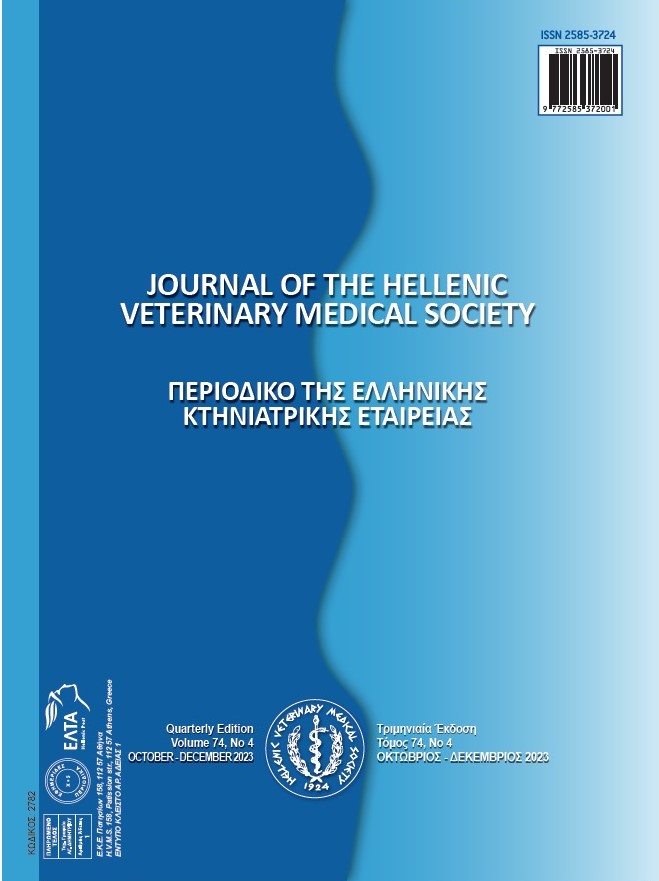The effect of Melissa officinalis on diet-induced hyperlipidemia, hypercholesterolemia, oxidative stress and inflammation

Abstract
The Lamiaceae family is an essential medicinal plant family. Melissa officinalis L. is a well-known medicinal plant of Lamiaceae. It was aimed to investigate the effects of Melissa officinalis infusion given to rats with hyperlipidemia and hypercholesterolemia in this study. It is seen that the high-fat diet (HFD) group causes weight gain from the third week. VLDL, LDL, HDL and cholesterol levels were found statistically significant differences (p˂0.05), fed a cholesterol-enriched high-fat diet group (HFD) compared to the control. It is seen that the cholesterol level of the high-fat diet+Melissa officinalis infusion (HFD+MOI) group was statistically significantly (p˂0.05). lower than the HFD group. In addition, the group in which Melissa officinalis was applied had positive effects on the antioxidant system and reduced the total oxidant system. The fact that the IFN-γ level of the HFD group was higher than the control indicates that the diet may have an inflammatory effect. As a result, HFD application with cholesterol caused hyperlipidemia and hypercholesterolemia in rats. The cholesterol-lowering effect of Melissa officinalis is observed. Remarkably, Melissa officinalis did not alter serum calcium levels while lowering cholesterol. In addition, it can said that HFD has a strengthening effect on the antioxidant system on oxidative stress.
Article Details
- How to Cite
-
Hazman, Ö, Göçeri, M., Fıçıcı, I., Demirer, B., & Aksoy, L. (2024). The effect of Melissa officinalis on diet-induced hyperlipidemia, hypercholesterolemia, oxidative stress and inflammation. Journal of the Hellenic Veterinary Medical Society, 74(4), 6385–6392. https://doi.org/10.12681/jhvms.30235
- Issue
- Vol. 74 No. 4 (2023)
- Section
- Research Articles

This work is licensed under a Creative Commons Attribution-NonCommercial 4.0 International License.
Authors who publish with this journal agree to the following terms:
· Authors retain copyright and grant the journal right of first publication with the work simultaneously licensed under a Creative Commons Attribution Non-Commercial License that allows others to share the work with an acknowledgement of the work's authorship and initial publication in this journal.
· Authors are able to enter into separate, additional contractual arrangements for the non-exclusive distribution of the journal's published version of the work (e.g. post it to an institutional repository or publish it in a book), with an acknowledgement of its initial publication in this journal.
· Authors are permitted and encouraged to post their work online (preferably in institutional repositories or on their website) prior to and during the submission process, as it can lead to productive exchanges, as well as earlier and greater citation of published work.


